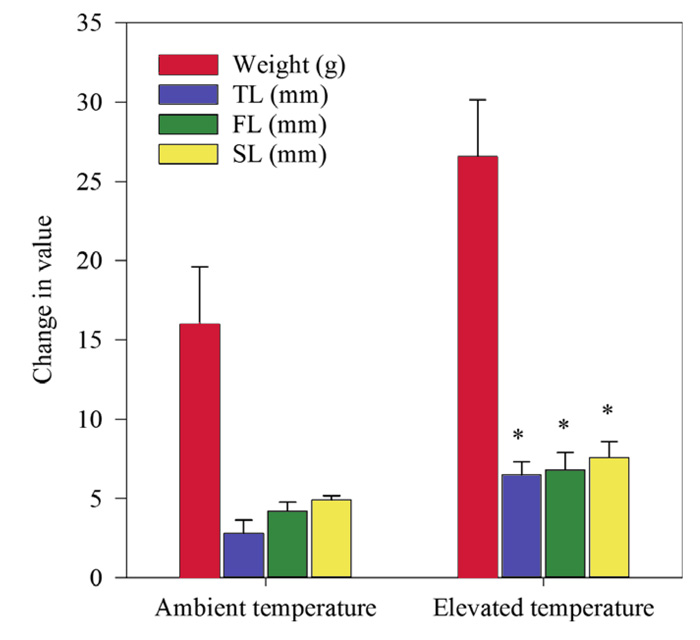| Tweet | Follow @co2science |
Paper Reviewed
Coleman, M.A., Butcherine, P., Kelaher, B.P., Broadhurst, M.K., March, D.T., Provost, E.J., David, J. and Benkendorff. 2019. Climate change does not affect the seafood quality of a commonly targeted fish. Global Change Biology 25: 699-707.
Although many studies have examined growth-related impacts of climate change on marine fish, very few have examined its potential influence on fish quality.
Seeking to become one of the first research groups to conduct such an analysis, Coleman et al. (2019) sought to investigate the influence of rising ocean temperatures and acidification on the growth, health and quality of yellowfin bream (Acanthopagrus australis), a commercially and recreationally important fish that inhabits waters throughout south-eastern Australia.
Their investigation was performed in aquaria of the National Marine Science Center, Coffs Harbor, Australia, where A. australis specimens were subjected to seawater conditions of either ambient (22°C) or elevated (25°C) temperature and either ambient (430 ppm) or elevated (960 ppm, i.e., ocean acidification) pCO2 for a period of 40 days.
In discussing their findings, the eight Australian scientists report that "growth of yellowfin bream significantly increased under near-future temperature conditions (but not acidification), with little change in health (blood glucose and haematocrit) or tissue biochemistry and nutritional properties (fatty acids, lipids, macro- and micronutrients, moisture, ash and total N). Indeed, as shown in Figure 1, elevated temperatures increased fish weight by approximately 10 g and fish length by 4 mm after 40 days.
The above-noted positive temperature-induced growth response, coupled with no observed influence from elevated pCO2 (ocean acidification), led Coleman et al. to conclude that "yellowfin bream appear to be highly resilient to predicted near-future ocean climate change." What is more, they add that "an increase in growth, but little change in tissue quality, suggests that near-future ocean conditions will benefit fisheries and fishers that target yellowfin bream." Consequently, in light of all the above observations the researchers proclaim this marine species to be a "climate winner," where its increased growth rates "are likely to be positive in terms of life history (Curley et al., 2013) and may translate to greater absolute productivity in coming years." And that is great news for commercial and recreational fishers of this marine species.

Figure 1. Change in yellowfin bream growth (weight and length) under ambient and elevated temperature treatments. TL: total length; FL: fork length; SL: standard length. * = significant difference at p < 0.05. Source: Coleman et al. (2019).
Reference
Curley, B.G., Jordan, A.R., Figueira, W.F. and Valenzuela, V.C. 2013. A review of the biology and ecology of key fishes targeted by coastal fisheries in south?east Australia: Identifying critical knowledge gaps required to improve spatial management. Reviews in Fish Biology and Fisheries 23: 435-458.




